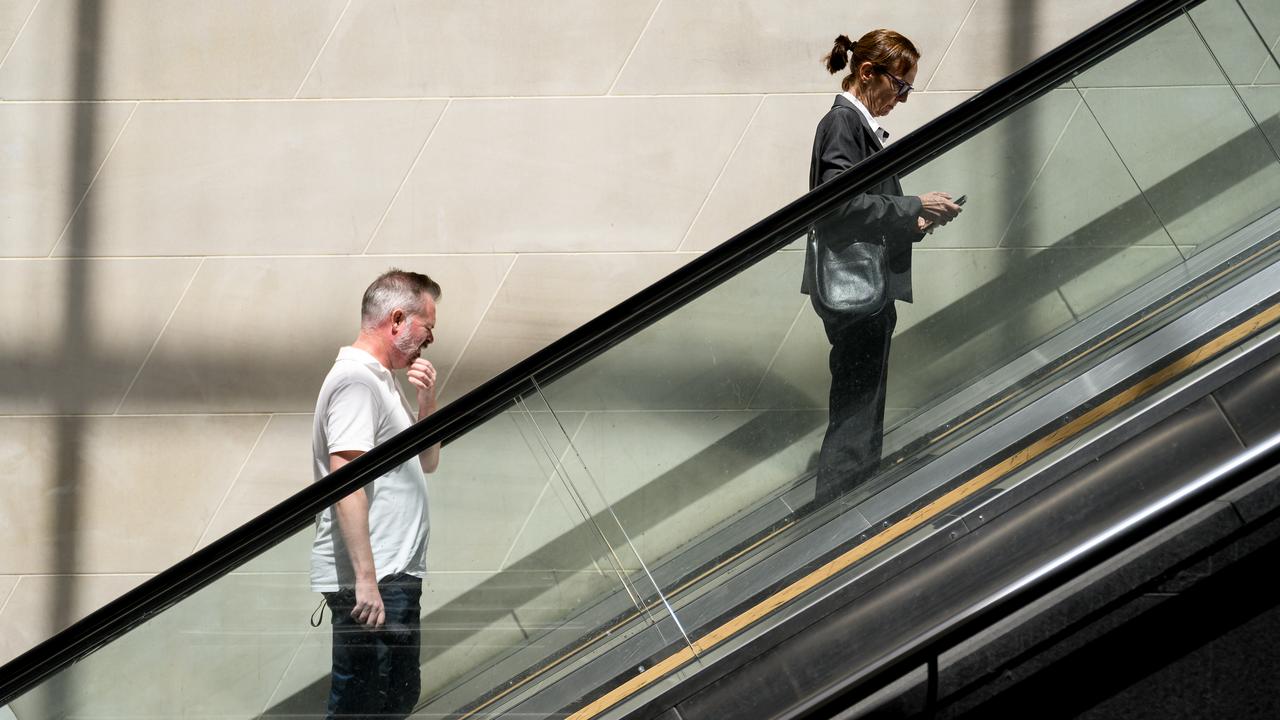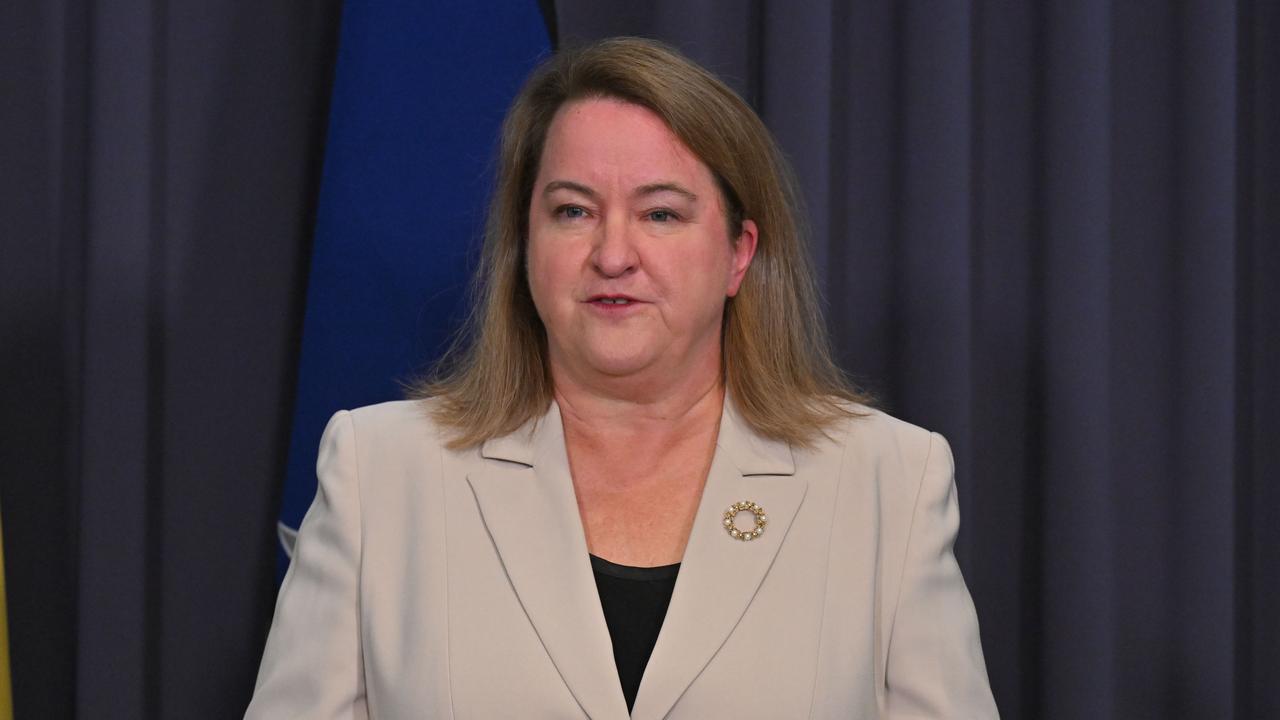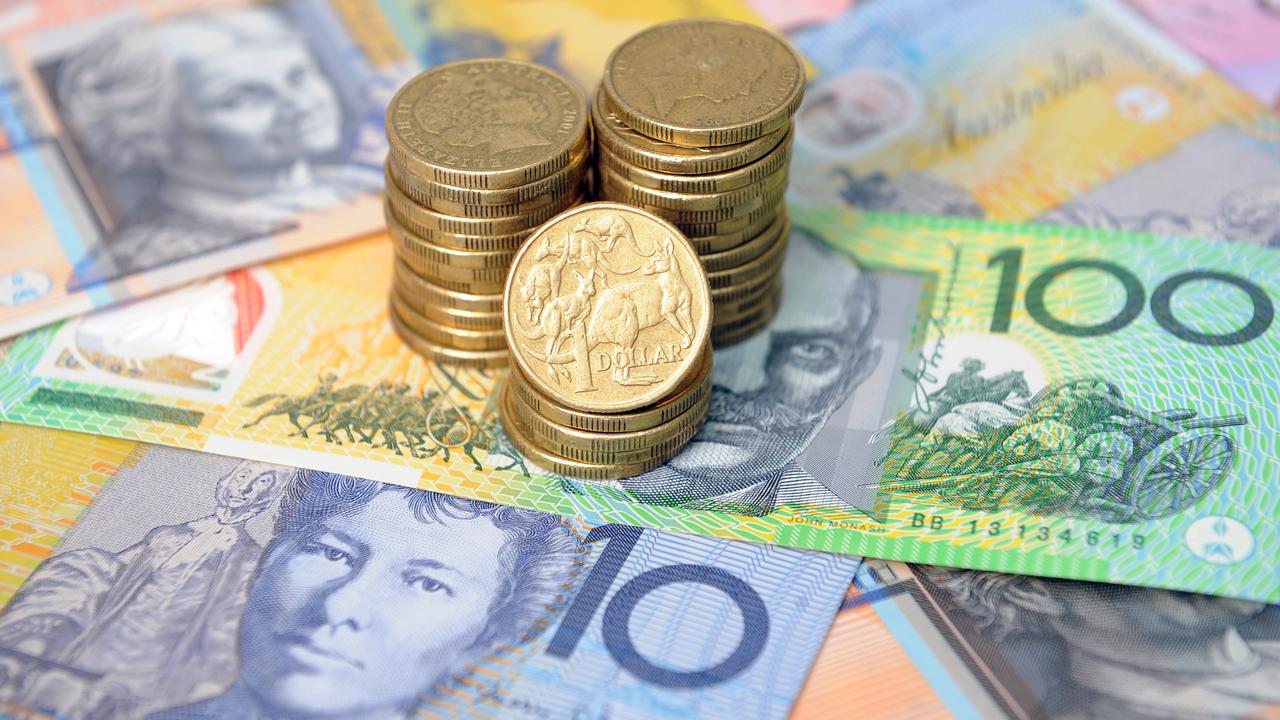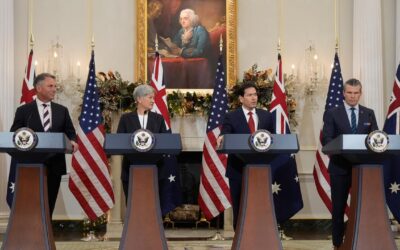The gender pay gap accelerates across a woman’s working life, peaking in her late-50s and leaving female workers millions of dollars short of men over their careers.
Women entering the workforce in their late teens earn slightly more than men – $376 on average equalling a gender pay gap of two per cent in favour of women – a Workplace Gender Equality Agency (WGEA) report has found.
But between 20 to 24 years, the gender pay gap switches to 1.1 per cent in favour of men and then rises significantly to a peak of 31.4 per cent between the ages of 55 and 59.
This is equivalent to a difference of nearly $53,000 between the average total remuneration of women and men.

The report – Ages and Wages – used information reported by more than 7000 employers to WGEA in 2024 and represents the experience of more than 5.1 million employees in 19 industries across Australia.
It is the first time WGEA has produced the report, which identified a key turning point for female employees occurs around 30, when the gender pay gap rapidly accelerates.
This is driven by a lack of availability of part-time manager roles as well as bonus and overtime systems that favour men.
Women would continue to experience a dramatic lifetime financial impact if further action was not taken to address fairness at work, WGEA chief executive Mary Wooldridge said.

“Our report shows how key employer interventions at critical times could reduce the gender pay gap and improve women’s ability to earn and save for retirement,” she said.
“It also provides insight into how those same actions can help address men’s concerns including lack of flexibility, long-hours work culture and fair and equal access to parental leave.”
The cumulative financial impact, adding the earnings difference for every age from 15 to 67, women earn, on average, about $1.5 million less than men.
“We’re asking employers to change the story and shape the future,” Ms Wooldridge said.
“Closing the gender pay gap enhances women’s capacity to invest for their retirement, provide for their family, afford housing and have financial independence.”
Australian Associated Press is the beating heart of Australian news. AAP is Australia’s only independent national newswire and has been delivering accurate, reliable and fast news content to the media industry, government and corporate sector for 85 years. We keep Australia informed.





